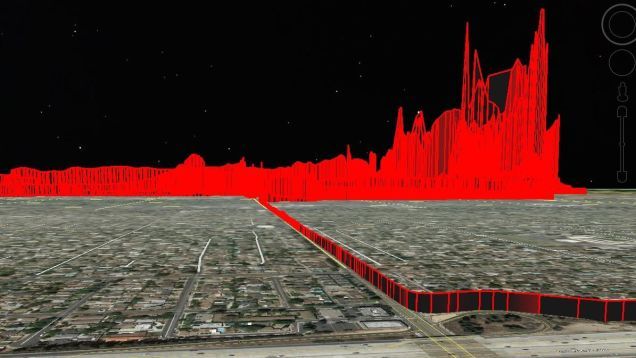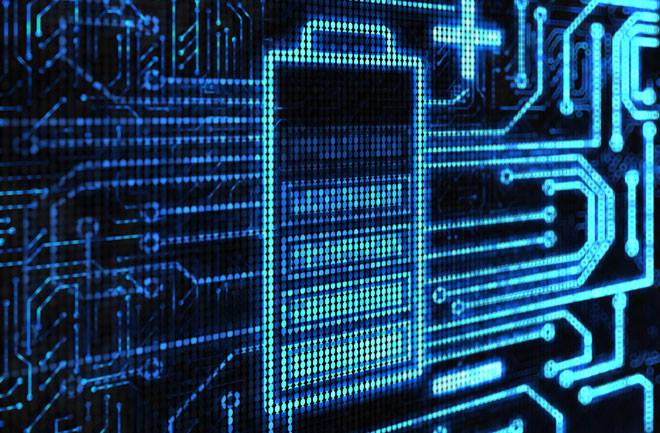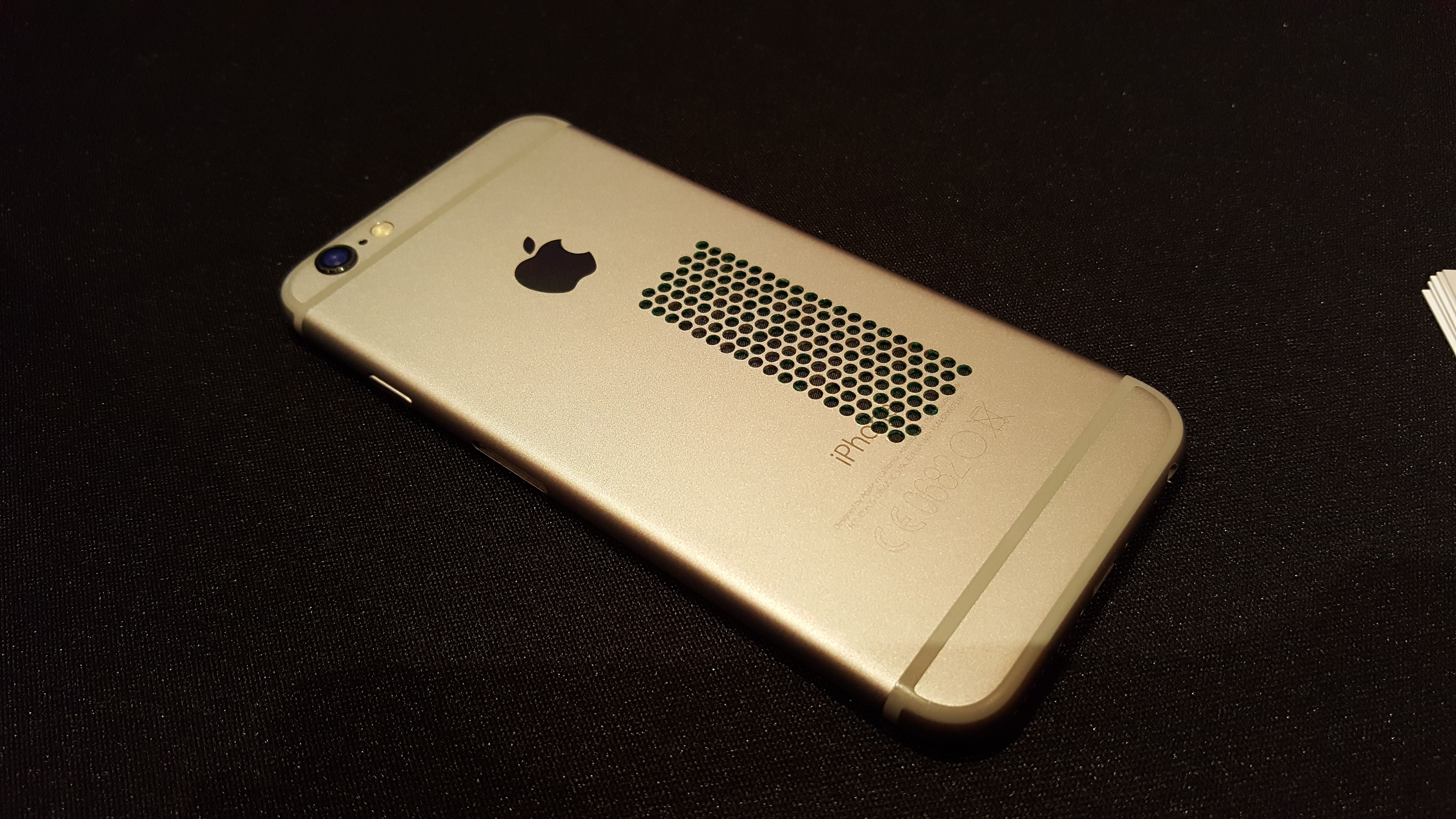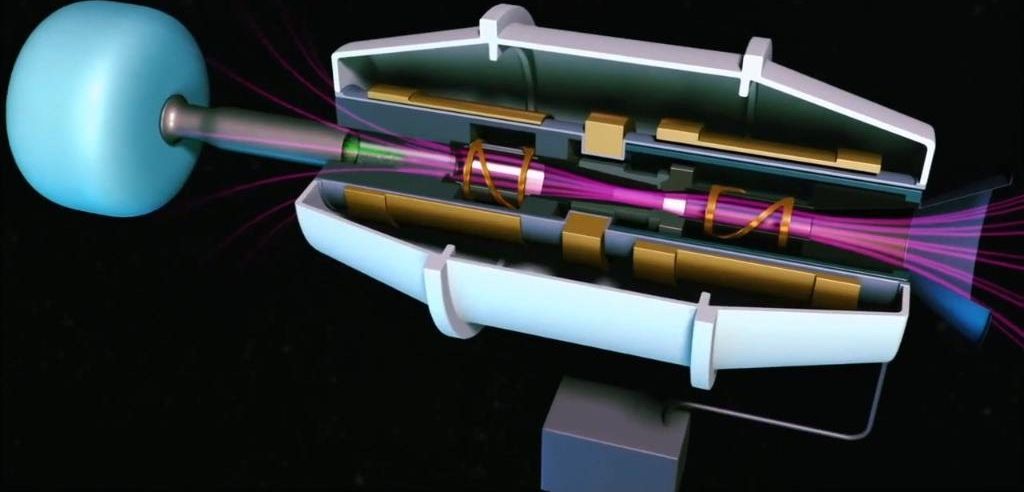Jan 14, 2016
The LA Gas Leak Is Scarier Than We Thought
Posted by Sean Brazell in categories: energy, habitats
Since a gas leak erupted outside LA on October 23rd, over 83,000 metric tons of methane have escaped to the atmosphere, prompting public officials to evacuate the neighboring community of Porter Ranch. But as a disturbing new analysis shows, a much broader swath of LA is now drowning in methane.
The Home Energy Efficiency Team (HEET) is a Cambridge-based nonprofit that’s been shedding light on leaky natural gas infrastructure for years. Last week, HEET sent Boston University Professor Nathan Phillips and Bob Ackley of Gas Safety out to LA to measure pollution in the air surrounding Porter Ranch.
Continue reading “The LA Gas Leak Is Scarier Than We Thought” »

















